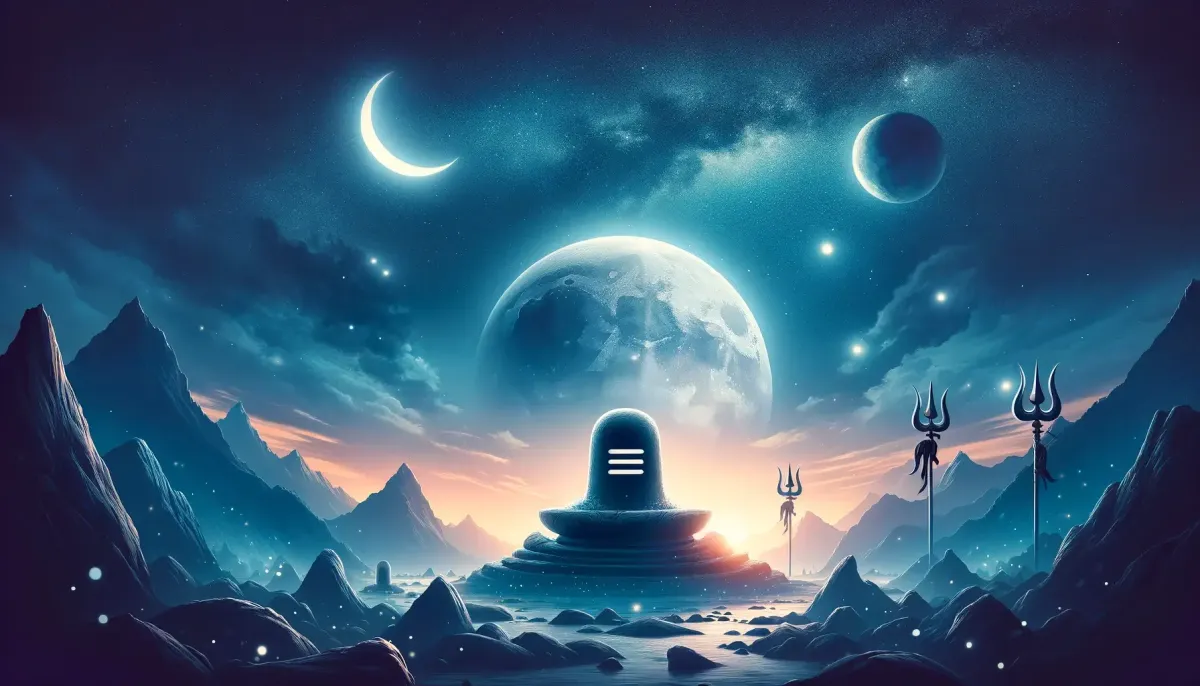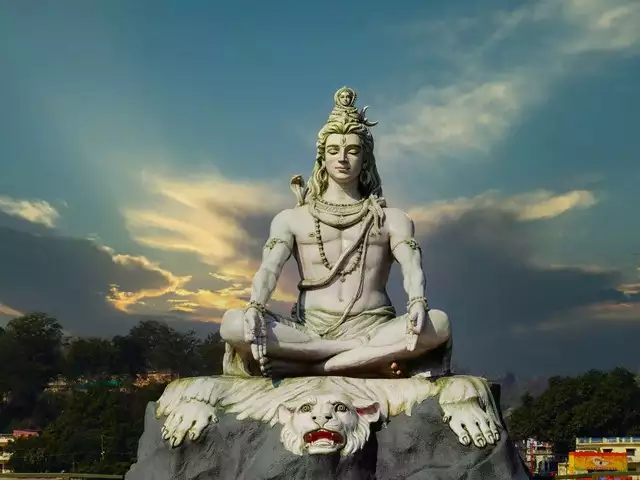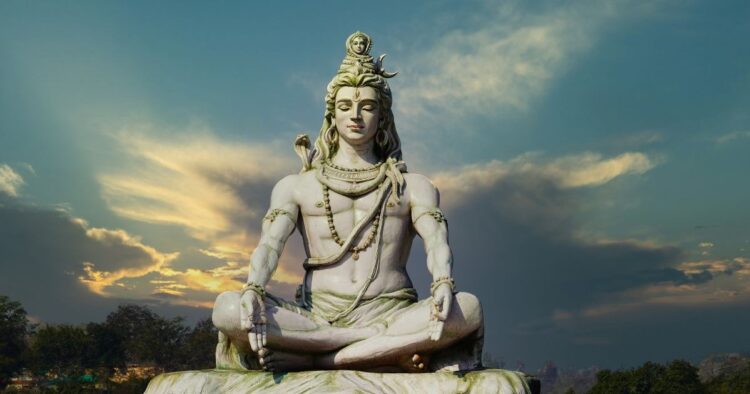Maha Shivratri is a festival which is celebrated mainly by Hindus and is dedicated to Lord ‘Shiva’. It is celebrated in the month of Phalguna (February/March), according to the Hindu calendar.
In 2024, 8th March is celebrated as ‘Mahashivratri’. As per ancient Hindu scriptures, Mahashivratri is the divine union of Shiva and Shakti.
Chaturdashi Tithi starts at 09:57 pm on the same day and concludes at 06:17 pm on 9th March. Nishita Kaal Puja, the auspicious time for worship, spans from 2:07 am to 12:56 am on 9th March. Nishita Kaal Puja, the auspicious time for worship, spans from 2:07 am to 12:56 am on 9th March, while Shivaratri Parana time is observed between 06:37 am to 03:29 am.
The origin of Maha Shivratri is mentioned in many ancient Hindu scriptures like Shiva Purana and Skanda Purana. Lord Shiva’s divine dance ‘Tandava’ is also associated with the night of Maha Shivratri.

The devotees visit Shiva temples and recite the Shiva Panchakshari mantra ‘Om Namah Shivaya’, Shiva tandava stotram, and Mahamrityunjaya mantra to seek the blessings of Lord Shiva.
Many devotees observe fast and perform puja and rituals to please Lord Shiva. It is believed that Lord Shiva can be pleased solely by offering bel patra and water on the holy Shiva Linga.
There are many stories related to the festival of Mahashivratri. One of the popular stories related to Mahashivratri is that it’s the day when Lord Shiva swallowed the poison to protect the universe from dilapidation during ‘Samundra Manthan’ which gave his throat a blue color and he was referred to as ‘Neelkanth Mahadev’.

The sacred night of ‘Mahashivratri’ holds significance for sadhus and spiritual gurus. People practice sadhana before sunrise and sunset as it’s believed that fasting on the day of ‘Mahashivratri’ brings peace and purifies the soul.
Meanwhile, devotees of Lord Shiva took out ‘Shiv Ji Ki Baraat’ in Bhopal, Madhya Pradesh, on the auspicious occasion of Maha Shivratri.

















Comments